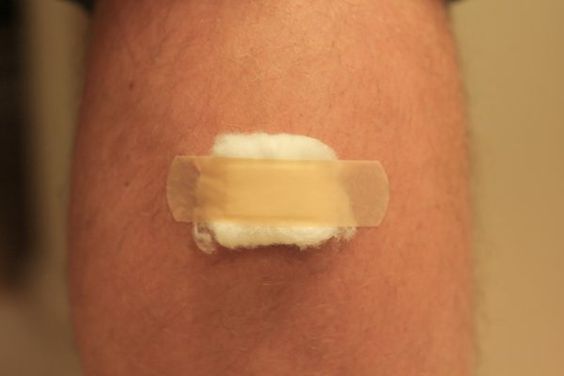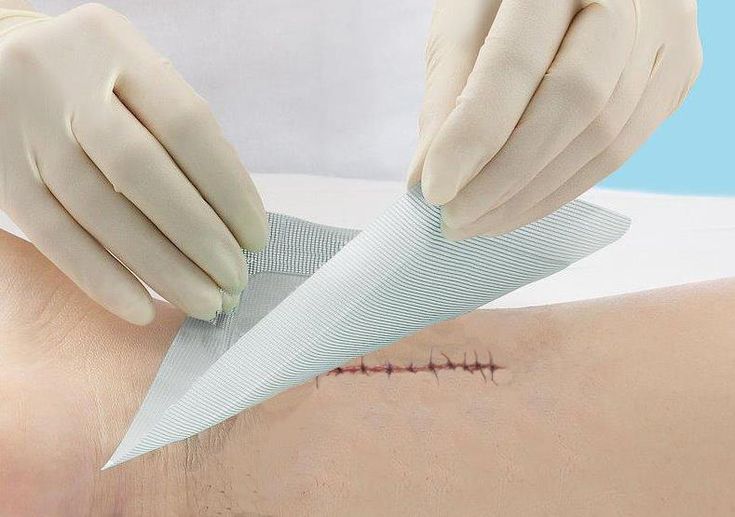In life, we will inevitably encounter various wounds. To deal with these wounds, many people may simply bandage them or handle them at home. However, traditional bandaging methods may cause some problems, such as the adhesion of gauze to the wound, dry skin, increased pain caused by scabs, secondary damage when dry scabs fall off, exposure and infection risks caused by gauze breathability, and surrounding skin maceration. Inflammation, the care trouble caused by frequent replacement, the inconvenience of washing due to non-waterproof, and the uneven skin that easily leaves scars after the scabs fall off, etc.
In 1867, Joseph Lister invented cotton gauze dressing, ushering in the era of cotton gauze, and making the dry, breathable, and sterile "dry healing" theory mainstream. However, do we really need such an environment to allow wounds to heal?
In fact, wound healing is the process of self-repair of life force. Imagine greenhouse vegetables in the cold winter. They need a relatively closed environment, appropriate moisture, temperature, nutrients, and treatment to resist diseases, bacteria, and pests in order to thrive. Similarly, if wounds want to heal faster, they also need a suitable environment.
Suitable environment for wound healing:
Temperature: It is very important to maintain the local temperature of the wound at 37 degrees. At this temperature, the cell mitosis speed will increase by 108%, and the enzyme activity will be at its best. However, every dressing change and disinfection will make the wound temperature 2-5 degrees lower than normal body temperature, which may slow down the speed of wound healing.
Confined space: The wound requires a closed environment and cannot be opened. Studies have shown that under anaerobic conditions, the rate of blood vessel proliferation in wounds is 6 times that of aerobic conditions. Therefore, we should create a relatively closed environment to promote wound healing.

This includes maintaining the local temperature of the wound at 37 degrees, providing a closed environment, appropriate humidity and nutrients, and reducing the number of dressing changes and disinfections. Only in this way can we make the wound heal faster, reduce the occurrence of complications, and restore the skin to a smooth and smooth state. As oxygen levels in the wound decrease, new blood vessel formation gradually increases, a phenomenon that plays a crucial role in the wound healing process. On the other hand, the slightly acidic environment of the skin itself provides ideal conditions for wound healing. Generally speaking, the pH value of a closed wound environment is about 6.4±0.5, while the pH value of an open wound is often greater than 7.1. It is worth noting that fibroblasts can effectively produce collagen, an important component of granulation tissue, in an acidic environment. Wounds also need to be kept in a moist environment and not allowed to scab. The exudate in the wound provides the necessary moist environment for tissue repair. This environment facilitates cell movement, provides necessary nutrients for cell metabolism, and also facilitates the diffusion of growth factors and immune factors. Therefore, keeping the wound moist is an important process in accelerating wound healing.
In fact, in August 2000, the U.S. Food and Drug Administration (FDA) clearly mentioned in the latest "Guidelines for the Wound Medical Supplies Industry" that maintaining a moist wound environment is a standard wound treatment method. This means that the wound should not be scabbed, and cotton gauze-type dressings should not be used. The ideal dressing should have the following characteristics: it can absorb exudate, keep the wound moist, but does not soak the surrounding skin, is airtight, does not need to be changed frequently, does not adhere to the wound, and the user feels comfortable, etc. These properties will help provide an ideal wound-healing environment and promote rapid and effective wound healing.
For more information customized on Innomed®Hydrocolloid Dressing , Refer to the Previous Articles. If you have needs, you are welcome to contact us; You Wholeheartedly. At longterm medical, we transform this data by Innovating and Developing Products that Make Life easier for those who need loving care.
Editor: kiki Jia

 English
English عربى
عربى Español
Español русский
русский 中文简体
中文简体








